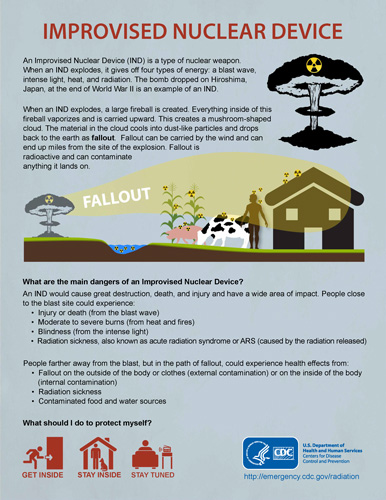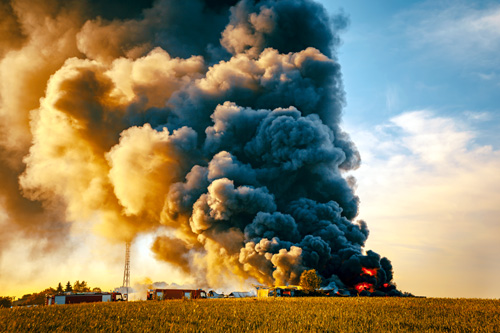

About Technological Hazards Planning
Technological Hazards Planning is responsible for all state planning development and maintenance services related to the following emergency management areas:
- Chemical, Biological, Radiological, Nuclear, Explosives (CBRNE) Plan
- Emergency Fuel Plan
- Emergency Support Function (ESF) #10 – Oil and Hazardous Materials Response
- Improvised Nuclear Device (IND) Annex
- Radiological Dispersal Device (RDD) Annex
- Radiological Emergency Preparedness (REP) Plan – Ingestion Pathway Annex
- Radiological Transportation Plan
- Radiological/Nuclear Detection (RND) Concept of Operations (CONOPS)
- Recovery Plan and Recovery Support Functions (RSFs)
- Unknown Substance Plan
- Emergency Management Accreditation Program (EMAP)
These state-specific plans are reviewed and updated every few years by IDHS, subject matter experts around the state and local, state and federal stakeholders.
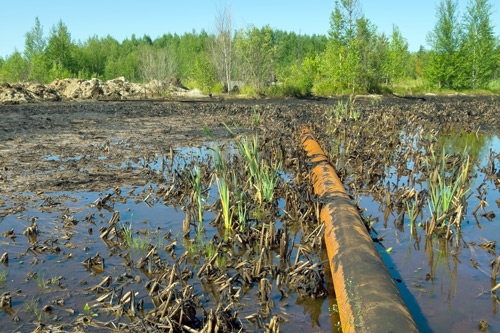
Technological Hazards
Technological hazards are hazards originating from technological or industrial accidents, dangerous procedures, infrastructure failures or specific human activities that may cause the loss of life or injury, property damage, social and economic disruption or environmental degradation. Examples of technological hazards include industrial pollution, nuclear radiation, toxic wastes, dam failures and transportation, industrial or technological accidents (explosions, fires or chemical spills).

Technological hazards are an increasing source of risk to people and their environment. This is an effect of the globalization of production, an increase of industrialization and a certain level of risk of accidents connected with production, processes, transportation and waste management. These risks are associated with the release of substances in accidents or with the production of such substances under certain conditions as fire. These substances could affect human health or the environment by contamination or having effects on animals and plants.
Examples include:
- Release of chemicals to the atmosphere by explosion or fire
- Release of chemicals into water (groundwater, rivers, etc.) by tank rupture, pipeline rupture, chemicals dissolved in water (fire) or oil spills in marine environment
- Satellite crash (radionuclides)
- Other sources of releases of radionuclides to the environment
- Contamination by waste management activities
- Soil contamination
- Accidents with groundwater contamination (road, rail)
- Aircraft accidents
- Releases and contaminations as a consequence of military actions (e.g., depleted uranium) or destruction of facilities
- Releases as consequence of the industrial use of biological material (e.g., viruses, bacteria or fungi)
Highlights
Technological hazards planning covers a wide scope of work. Below are just a few of the areas.
- Improvised Nuclear Device (IND) Plan
The IND Plan represents state-level efforts to address the consequences of an IND incident and outlines the protocols the state will use to mobilize resources in supporting response and recovery activities and the methodology to integrate and work with federal response assets. For planning purposes, the primary area of focus of this plan, and the most likely target area(s), would be the state’s larger metropolitan areas.
Included within this planning effort are consequence-management efforts to address cascading effects that would result from a nuclear detonation, such as an Electromagnetic Pulse (EMP). An EMP is a burst of electromagnetic energy occurring in the form of a radiated electromagnetic field, or conducted electrical current. It can be caused by a coronal mass ejection from the sun, detonation of a nuclear bomb high in earth’s upper atmosphere or a man-made electromechanical device.
- Recovery Plan
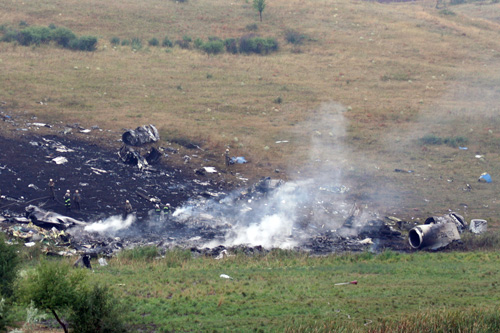

The state's Recovery Plan is intended to be an all-hazards document providing the state with a scalable recovery organization which can be implemented for incidents of varying levels of size and complexity.
When a disaster impacts one or more locales or regions of the state, the Recovery Plan will be implemented at the direction of the governor or another official authorized by state law. Such occurrences may include natural, technological or human-caused disasters. The Recovery Plan guides the state’s recovery operations while complementing and supporting the response and recovery plans and procedures. It also guides actions taken alongside responding agencies, local and tribal governments, public nonprofit/volunteer agencies and private-sector entities.
- Radiological Emergency Preparedness (REP) Plan
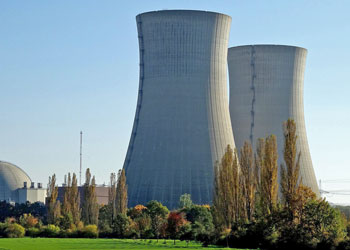

Although Indiana does not have any operating nuclear power plants (besides a research and test reactor at Purdue University), 11 counties in northern Indiana fall into the 50-mile radius Ingestion Pathway Zone for one nuclear power plant in Michigan and two in Illinois. In the REP Plan, IDHS provides guidance and policies to ensure state, local and tribal governments have adequate capabilities to protect, respond to and recover from incidents involving these commercial licensed nuclear power plants. IDHS is working with the counties in the Ingestion Pathway Zone to create their own tailored REP plans.
Did You Know?
Technological Hazard Incident Do’s and Don’ts
Do’s
- Know your evacuation routes and safe shelters.
- Learn the risks in your area.
- Know warning systems and preparedness plans in your area.
- Know the symbols that chemical, biological, radiological and nuclear (CBRN) agents should be marked with.
- Stay informed with updates and instructions from the authorities.
- If you believe yourself to be contaminated, seek medical attention.
- Learn how to properly decontaminate yourself and objects.
Don’ts
- Don't enter areas exposed to CBRN hazards.
- Don’t consume any food or water that might be contaminated.
- Don't mix chemicals.

